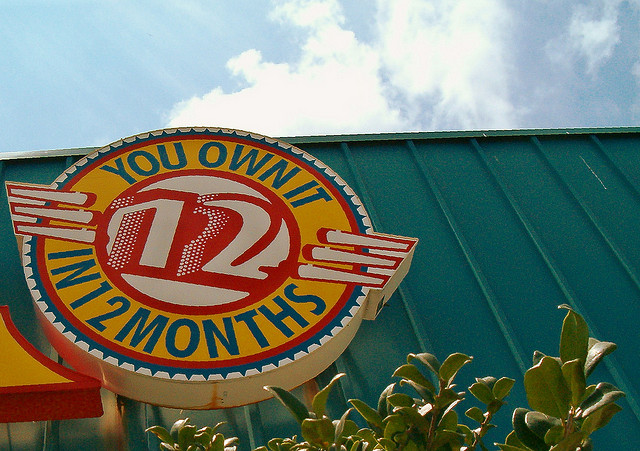 Content marketing is here to stay — but what is changing is business’s understanding of how to reach and maintain contact with an audience.
Content marketing is here to stay — but what is changing is business’s understanding of how to reach and maintain contact with an audience.
The analogy of renting versus owning is applicable here.
If you use Facebook, Twitter, Instagram, LinkedIn, or any other social media network to reach your audience you have one big problem: you’re at the mercy of these companies and their status as middlemen between you and your audience. You are simply renting access to your audience through these platforms.
Facebook is the best example. Facebook restricts page owners’ access to their fans — unless, of course, the page owner wants to purchase greater exposure. With Twitter’s recent IPO we can imagine this trend continuing. After all, these companies and the services they provide do deserve compensation for their platforms. Just because something has been free in the past doesn’t mean it will continue to be free, and smart marketers are beginning to see the shift. Massive platforms have their advantages, but only if you can rise above the noise and if you’re willing to pay for access to the audience you’ve built.
Owning an audience is different. Notably, it is under your control. Ownership is everything.
“If you don’t own your audience, it doesn’t matter how much content you create; you’ll always have to pay someone else to reach them,” writes Mathew Sweezey, and I agree. Sweezey’s article reviews Jeff Rohrs’ forthcoming book, Audience: Marketing in the Age of Subscribers, Fans, and Followers.
Here again is another great reason a corporate blog should be central to your content marketing program. Unlike a third party app or social site, your blog and its content are relatively friction-free between you — the producer — and your audience.
This assumes, of course, that your content is good enough to grow and keep an audience. As the noise increases so does audience inattention. Will people tire of blog posts, many wonder?
Perhaps. Besides an active blog, what other media and distribution channels are under your control or direct ownership? Video and audio with an immersive sound can be, of course, as long as their distribution is buffered through channels you own (like your blog) in addition to larger channels you don’t directly own (for instance, your Facebook page or YouTube).
Sweezey continues, “Once you understand the concept of content and audiences, then the next question is: who in your organization can focus on growing and maintaining this asset?”
Here’s where the rather frictionless process of producer-meets-audience moves to more demanding work.
Successful businesses are busy doing whatever it is they do; few are willing to move their best talent into roles like blogging, even if they know this asset has long-reaching impact in search and in thought leadership. This is the point where “renting” an expert content team begins to make a lot of sense. The content produced is niche-specific. The company owns the resulting content and can distribute this asset, through a blog, directly to the audience that wants it.
The future? My money’s on the content and platform that a client owns, rather than digital real estate they rent. The work should be building and nurturing an audience, not paying gatekeepers to access it.
Image by Smokey Combs